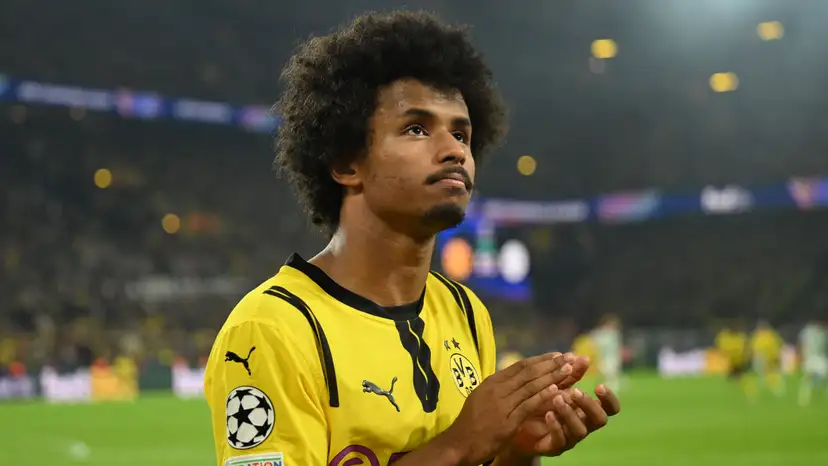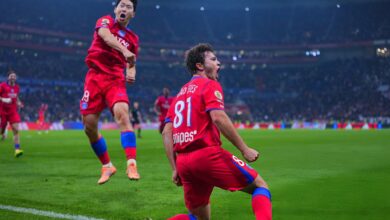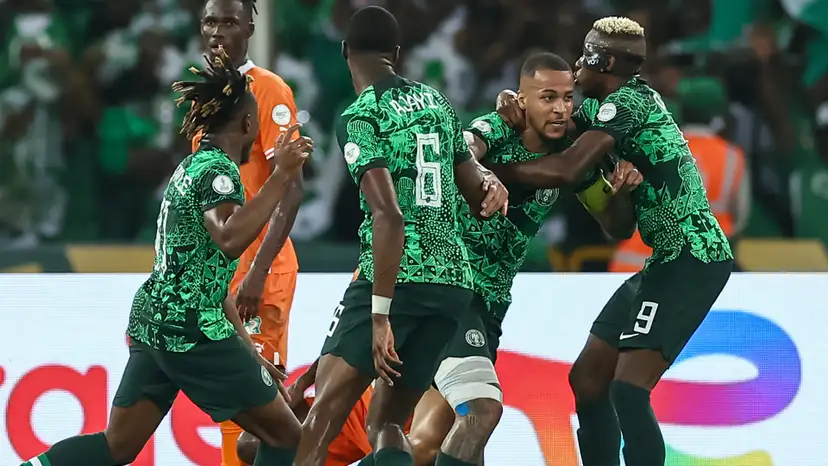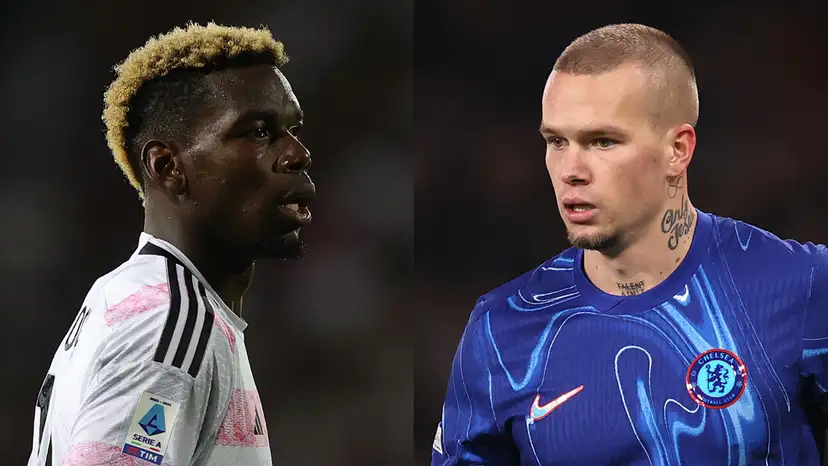Part 1 : Does Real Madrid… Need a Number 9?
Lack of Box Presence Affecting Los Blancos
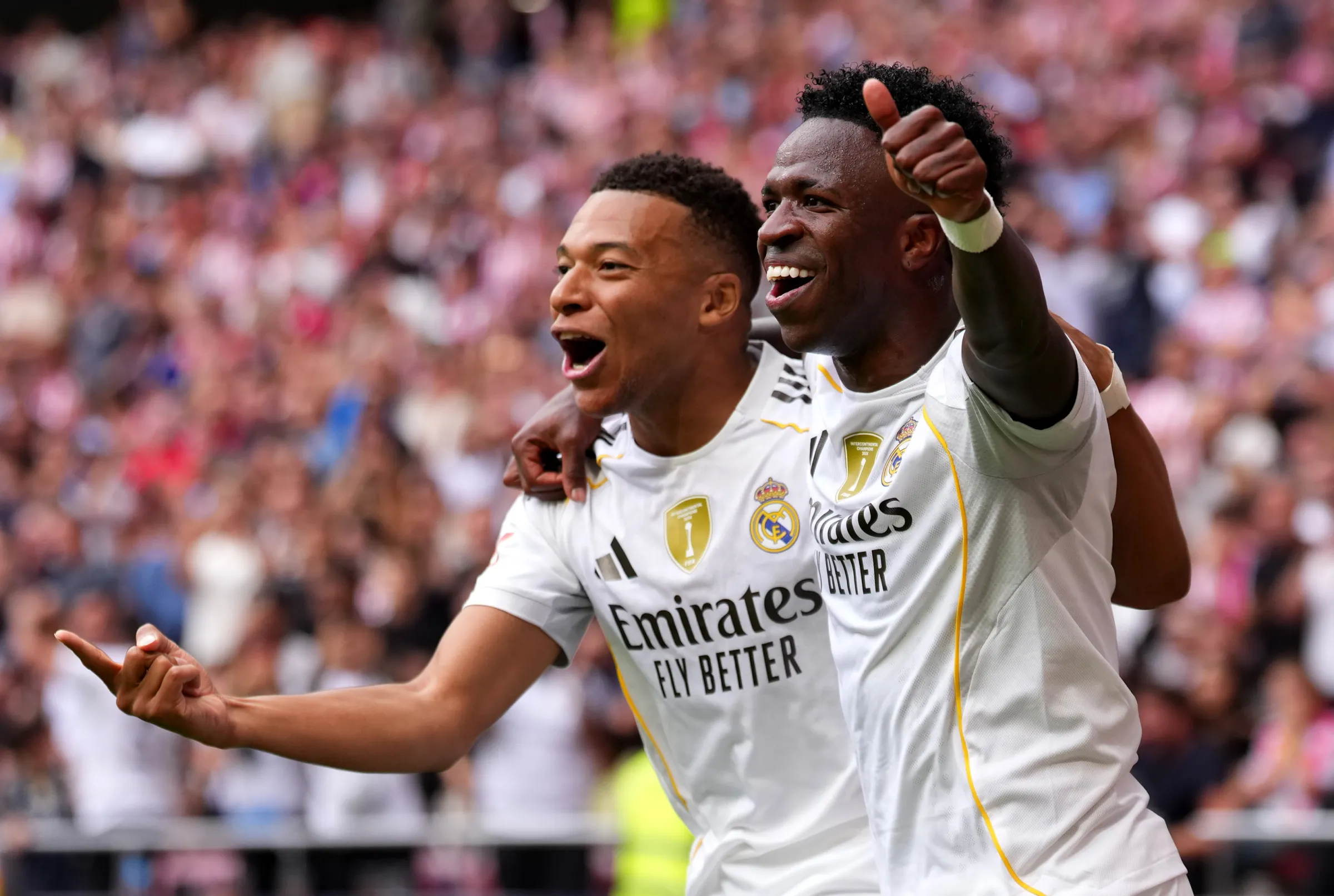
Real Madrid’s first half of the 2025/2026 season presents a complex paradox, competitive dominance masking a critical tactical vulnerability. Under new Head Coach Xabi Alonso, the team has implemented a high-intensity philosophy, typically deploying a flexible 4-3-3 formation. Domestically, this has translated into immediate success, with Real Madrid leading La Liga, securing 31 points after 12 matches and maintaining an elite scoring rate.
The front line is arguably the most intimidating in world football, spearheaded by the La Liga goals and assists leader, Kylian Mbappé , alongside Vinícius Júnior. Yet, despite this overwhelming concentration of attacking talent, the system suffers from a fundamental structural deficit, the absence of a traditional, dedicated center forward.
The team has, by necessity, adapted to a fluid, somewhat striker-less front three. However, this flexibility introduces trade-offs that can jeopardize long-term consistency. The core point is that Real Madrid’s current tactical structure is failing to maximize the unique abilities of its star attackers due to the lack of a natural or rather traditional Number 9, requiring either a radical personnel adjustment or a strategic reversion to a different, proven formation.
The most immediate and apparent consequence of operating without a specialized center-forward is the spatial congestion created by the team’s two most dangerous players. Both Kylian Mbappé and Vinícius Júnior are generational talents who thrive in the left-sided channel, preferring to cut in, drop deep to link play, or attack the space behind the full-back.
When both players gravitate toward the same high-leverage zones, they risk mirroring the organizational conflicts that have historically destabilized fluid attacking setups, such as the tactical conundrum observed when attempting to integrate multiple elite inverted wingers into similar operational areas.
Mbappé, who leads the league with 13 goals , occupies the center-forward position nominally, but his profile is that of a free-roaming attacker rather than a static focal point. His tendency to leave the central box vacant in search of space or possession can be particularly detrimental as seen vs Liverpool in the UCL.
This free-roaming approach denies the team a crucial attacking focal point. In high-pressure or tight defensive situations, the easiest escape route, a cross into the box targeting a dedicated striker, is unavailable. This tactical void negates a massive offensive resource, especially considering the summer acquisition of Trent Alexander-Arnold , one of the world’s premier crossing full-backs. While Alexander-Arnold has demonstrated the ability to complete passes into the final third , the club’s European statistics show that crossing accuracy remains low (29.1%), with only 16 completed crosses out of 55 attempted in the Champions League. This inefficiency is directly linked to the absence of a reliable target, converting high-potential wide delivery into wasted possession.
In the absence of a traditional, fixed Number 9, Xabi Alonso’s formation has engineered a tactical workaround: relying on Jude Bellingham to function as a secondary goal-scoring presence in the final third, to make that run and be the box presence when Mbappe isn’t there. Bellingham is tasked with leveraging his exceptional movement and anticipation to make late, ghosting runs into the penalty box. This tactic proved hugely successful in his debut season, where he frequently operated at the tip of a 442 diamond as a 10/pseudo-striker, capitalizing on the chaos created by the front line.
However, replicating this pseudo-striker role in Alonso’s 4-3-3 carries a considerable systemic cost. In the previous setup, Bellingham was often supported by a three-man midfield providing defensive stability and controlling possession with Toni Kroos, Fede Valverde and one of Aurelien Tchouameni or Eduardo Camavinga, allowing him the freedom to focus purely on doing damage in the final third.
Under Alonso’s system, requiring Bellingham to consistently “crash the box” means he is constantly taken away from his core midfield responsibilities. He is forced to operate further forward, which compromises the central density and control that is supposed to be a core pillar of Alonso’s high-pressure philosophy.
This dynamic creates a structural strain. Bellingham’s goal-scoring knack, while invaluable as he is a world-class finisher, is not a sustainable replacement for a dedicated, physical focal point. When he is isolated high up the pitch, the midfield loses a key linking player, and the defensive structure is weakened during transition moments. Ultimately, relying on a central midfielder to consistently perform the duties of a centre-forward leaves the team perpetually tactically compromised.
Addressing the No. 9 void immediately raises questions of personnel, specifically how to integrate a focal point without disrupting the established star duo.
The ideal solution, simply benching either Vinícius Júnior or Kylian Mbappé to accommodate a traditional striker, is politically and sporting-wise impossible. Mbappé leads the team in goals and assists , and Vinícius is indispensable on the left flank. If Alonso wishes to maintain the 4-3-3 structure while fielding a dedicated center-forward, the alternative is forcing one of the stars to move to the right wing, a position that Franco Mastantuono, Brahim Diaz and in the last two matches Rodrygo have all occupied this season but to a subdued effect, at least output wise.
Rodrygo especially, for all his flashes of brilliance and talent, has struggled to cement himself as a consistently efficient and high-output right-sided attacker since the 24/25 season. Pushing Mbappé(who has actually played there) or Vinícius to the right could theoretically solve the problem by creating space for a central striker and raising the output from the wide position. However, this is not the most optimal option for either player, each prefers the left-central zones.
This leads to the overlooked solution sitting on the bench: the young striking talent. Real Madrid has two promising young forwards, Endrick and Gonzalo García, waiting for their opportunities. García was recently promoted to the first team and had his contract extended until 2030 . Endrick, another highly touted prospect, represents the future. While neither may be ready to lead the line immediately, their presence suggests that Madrid does not lack traditional strikers; rather, the coaching staff is prioritizing a system that marginalizes them in favor of star cohesion, even if that cohesion is proving spatially counterproductive.




